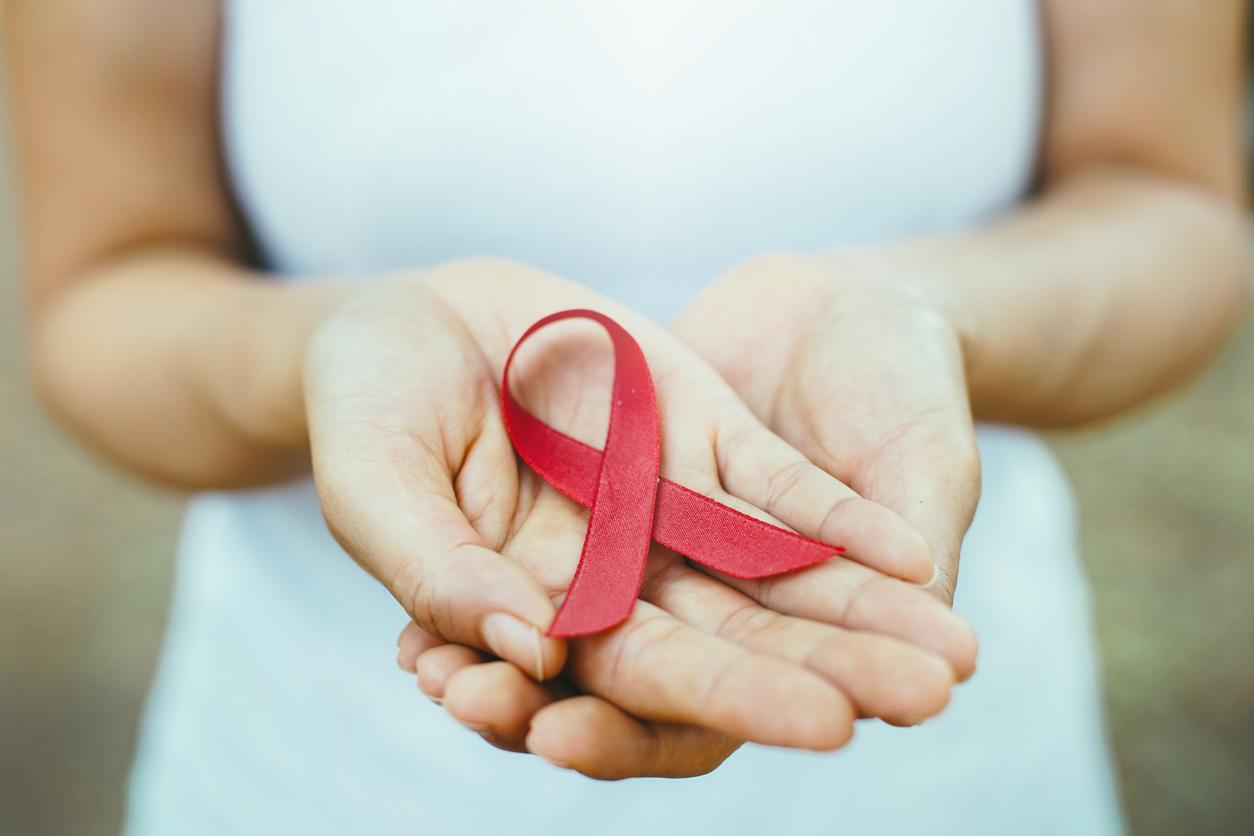Antiretroviral treatments have reduced the number of victims linked to HIV, but sub-Saharan Africa remains largely affected by the virus. According to numbers presented at the International conference on AIDS, bereaved by the loss of a hundred researchers who were on the MH17 plane shot down in Ukraine, antiretrovirals have saved nearly 20 million lives since 1997. These treatments reduce the viral load of HIV, limit transmission and the number of deaths, and improve the living conditions of patients.
Eastern Europe and Latin America are less affected compared to the figures that had been forecast. Since 1997, the overall reduction concerns almost a third of adults and 62% of children.
Learn from better programs
On the other hand, the situation in Sub-Saharan Africa empire: According to some estimates, the number of deaths caused by the AIDS virus rose to 1.7 million in 2013. That same year, 30 million people worldwide were living with the disease.
Within this region, strong disparities are felt: Botswana has 15 times more new cases than the Democratic Republic of Congo (DRC). In question, the difficulties of access to antiretroviral treatment. “The quality of antiretroviral programs varies widely. In order to reduce HIV-related deaths even further, we need to learn from the best programs and get rid of the worst,” says Dr. Christopher Murray, director of the Institute for Health Metrics and Evaluation (IHME).


















